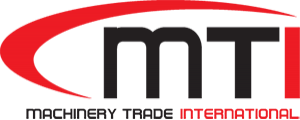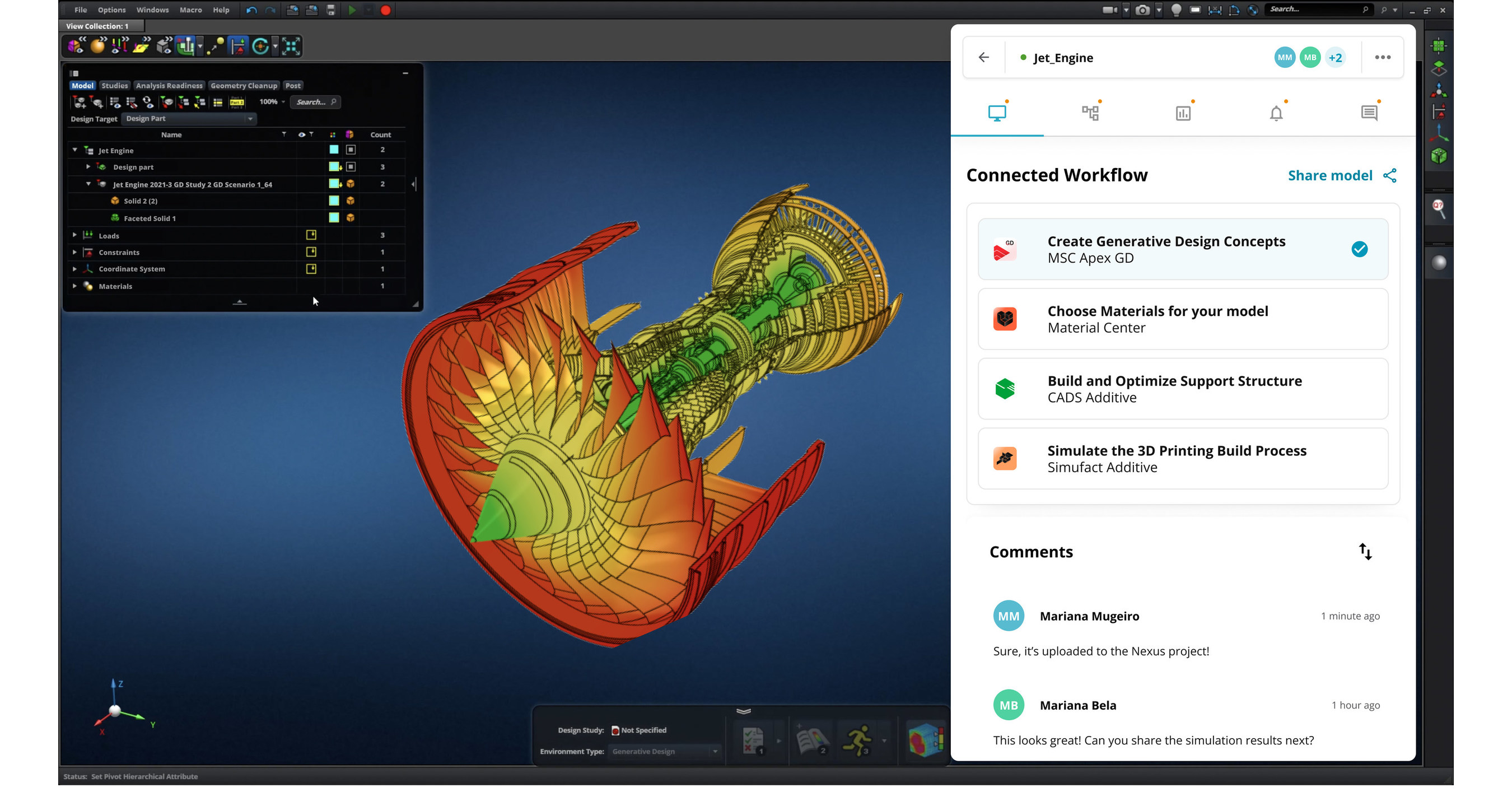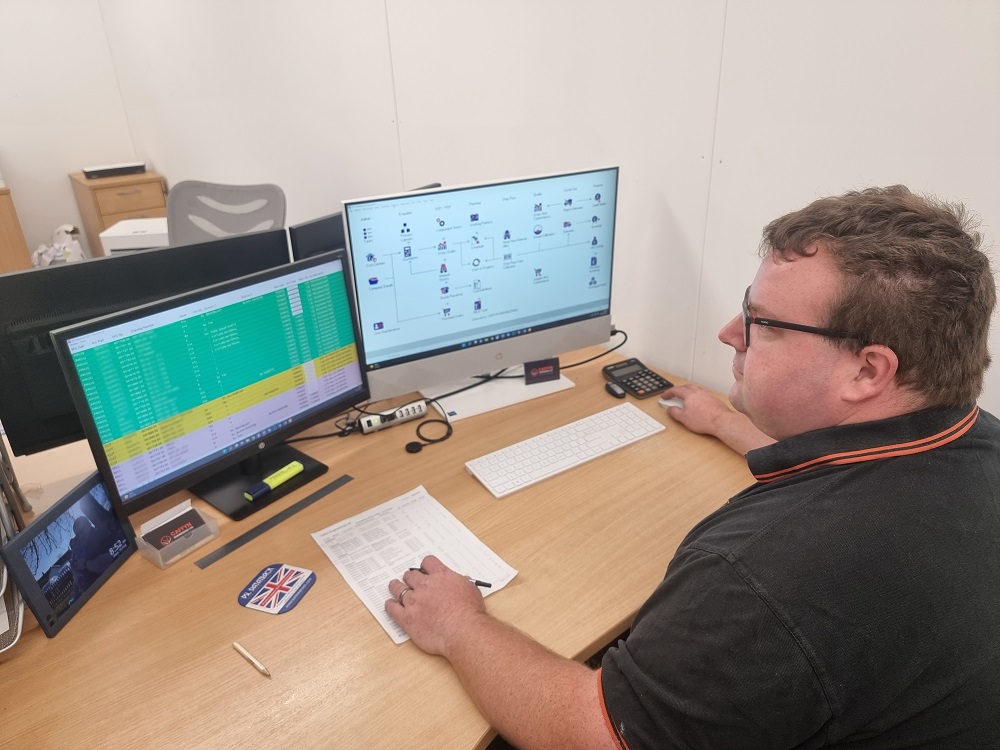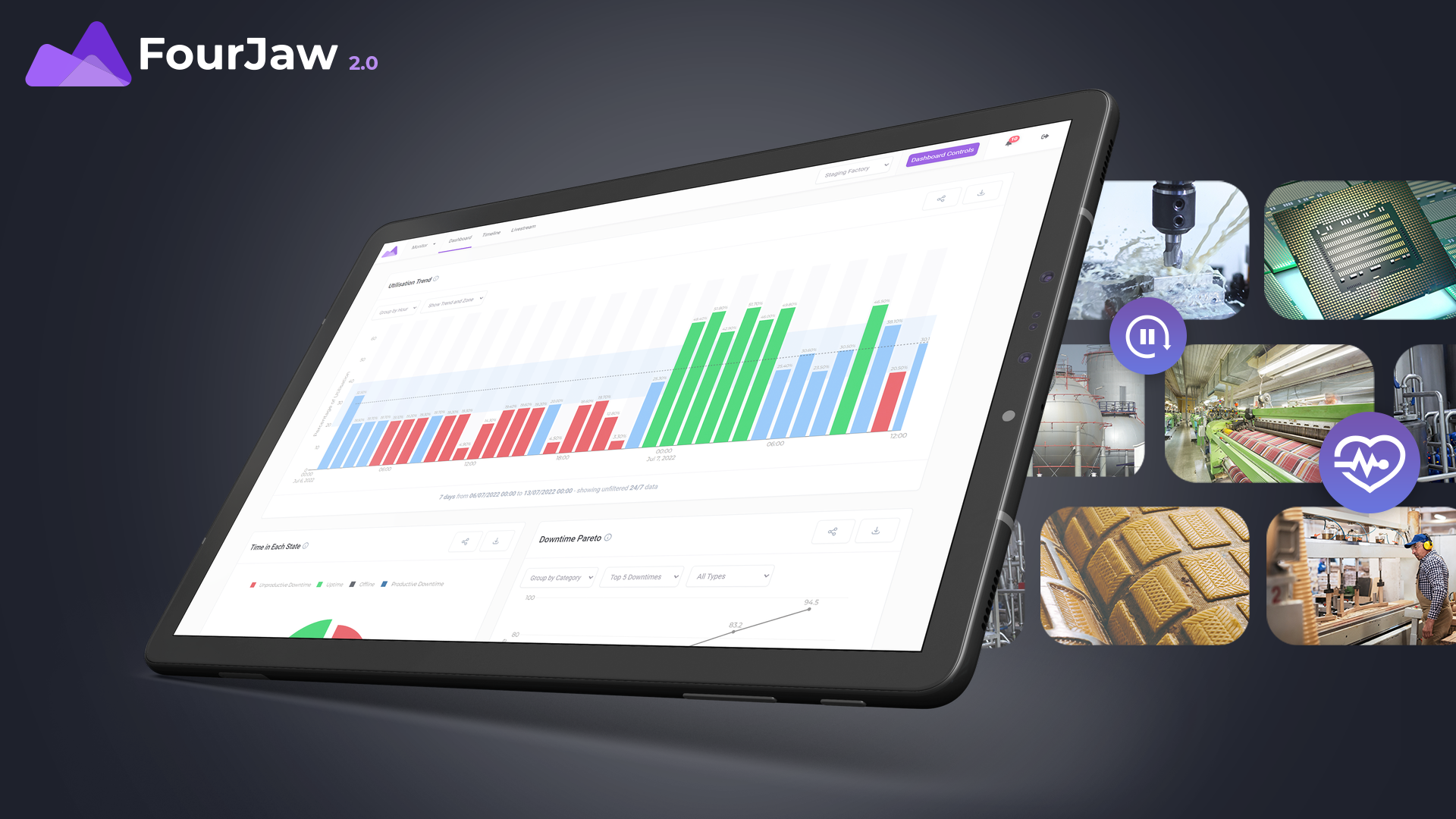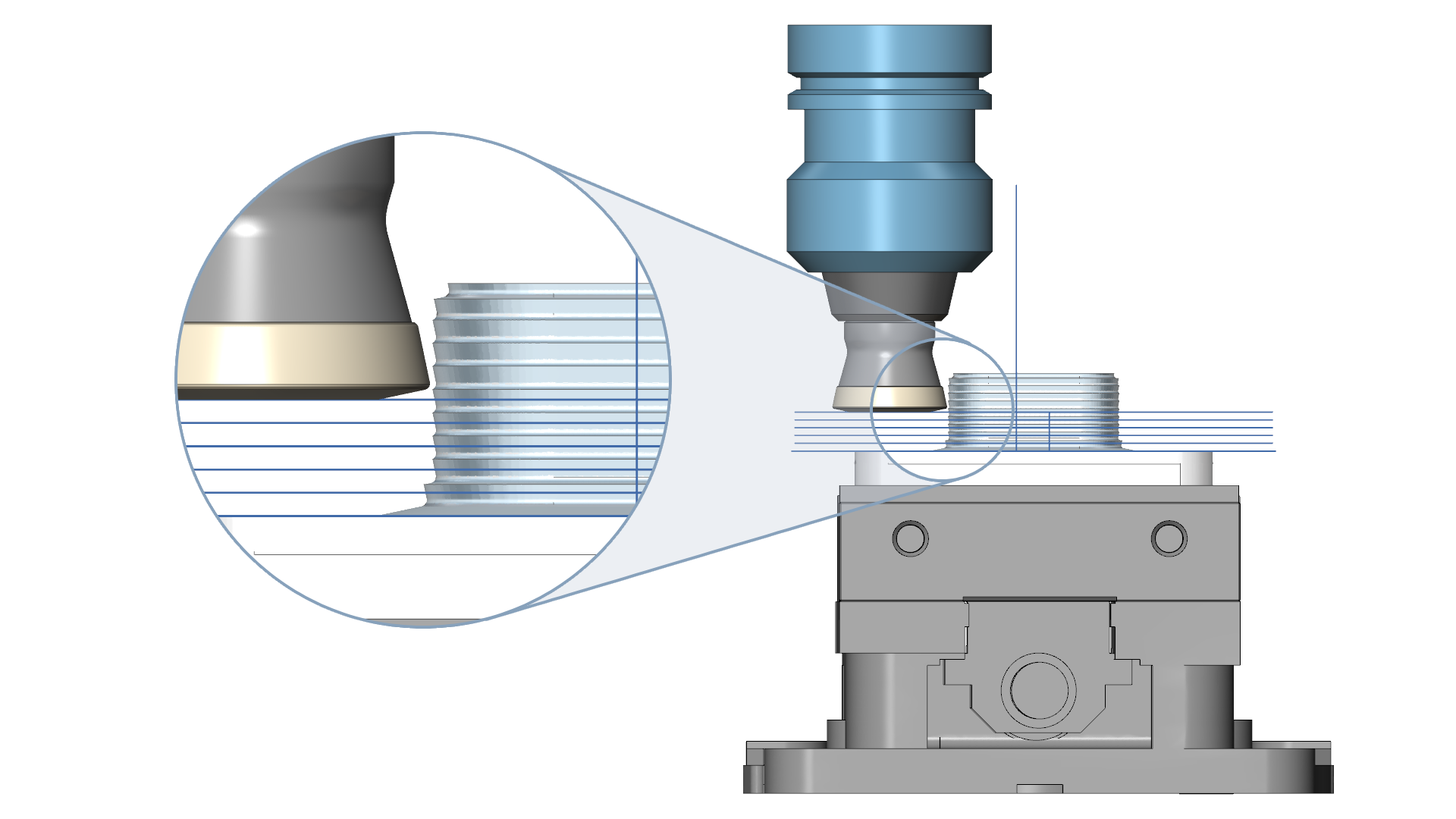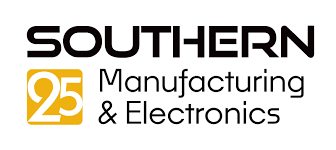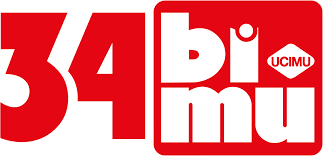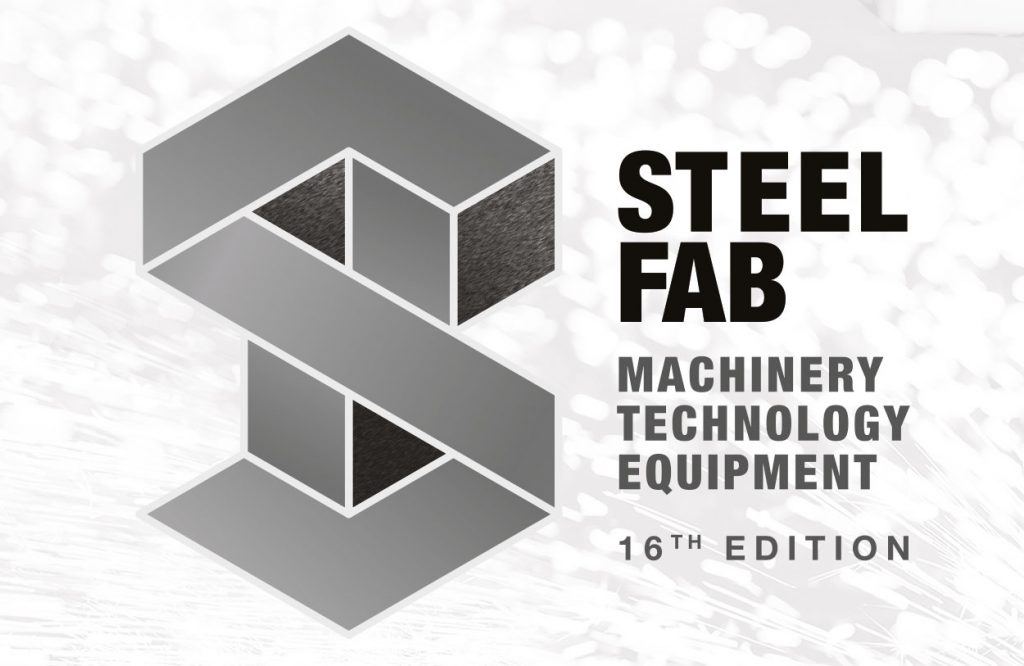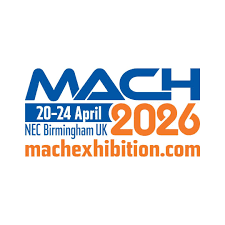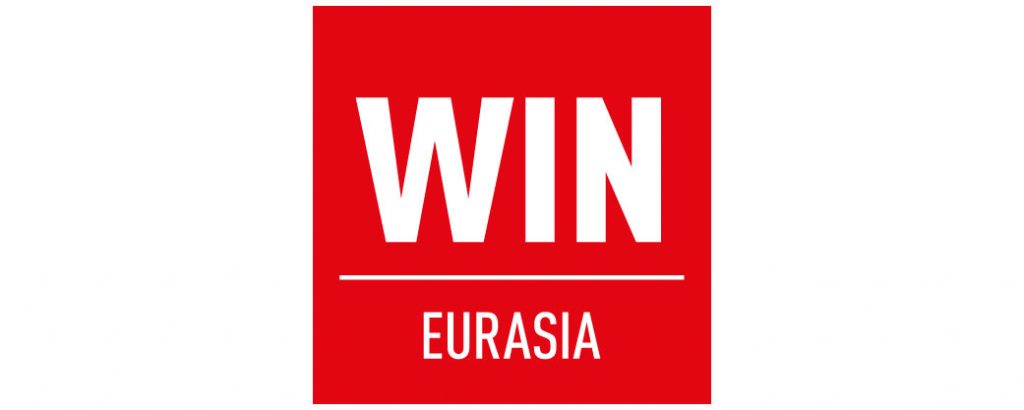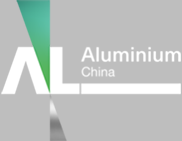Hexagon’s Manufacturing Intelligence division has unveiled an open platform for smart manufacturing, called Nexus, which the company says will revolutionise how technology professionals collaborate and innovate. Nexus will enable real-time data sharing between different design, simulation and production applications. It will connect different applications to form workflows, and combine technologies to develop unique solutions to engineering and manufacturing problems, from concept to delivery. Furthermore, the software will empower cross-functional teams to leverage fragmented digital data by improving visibility and connectivity, and help them gain unprecedented insight, bring their ideas to life faster, and produce higher quality results.
Moving forward, Nexus is the foundation for Hexagon’s new solution offerings in the smart manufacturing space. The platform is capable of leveraging Hexagon data sources from across the vast portfolio; connecting hundreds of Hexagon design and engineering, production and metrology software tools, and unlocking new insights from metrology devices and connected machines. Additionally, cloud-native visualisations and data management solutions such as HxGN Metrology Reporting and MaterialCenter have been built as cloud-native connected applications, and will be connected through Nexus.
Hexagon is also developing purpose-built solutions through the platform that combine multiple technologies to help users to improve productivity and digitally optimise complex processes and workflows. One example is a ‘ready-to-go’ workflow for 3D printing an optimised reverse-engineered part that could be used, for example, to streamline the repair of grounded aircraft components. This workflow connects data from a 3D laser scan to Hexagon products such as RECreate, MSC Apex Generative Design, MaterialCenter and Simufact Additive, as well as connecting to a third-party application called CADS Additive to improve productivity and enable rapid collaboration when addressing production issues.
For further information www.hexagonmi.com
